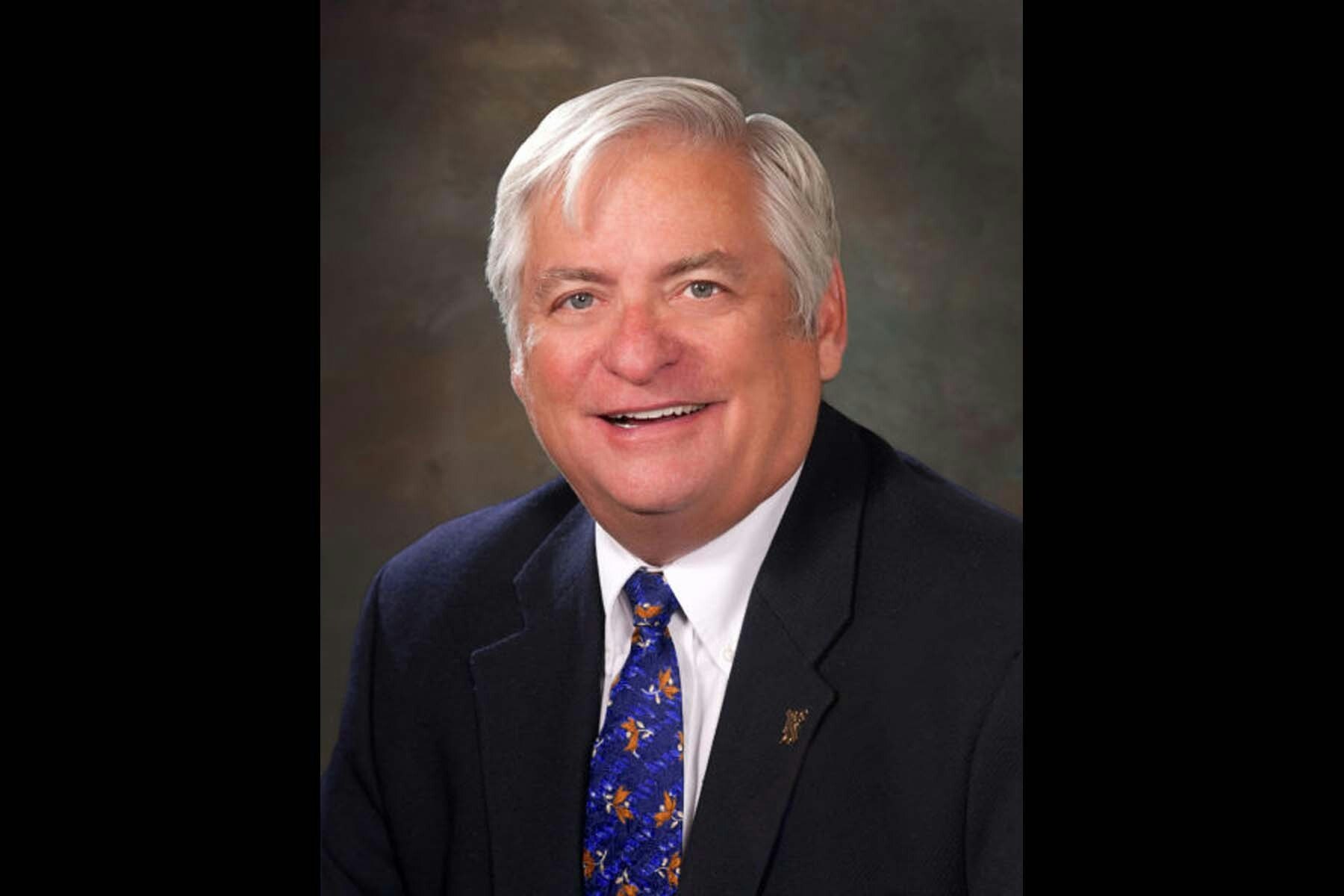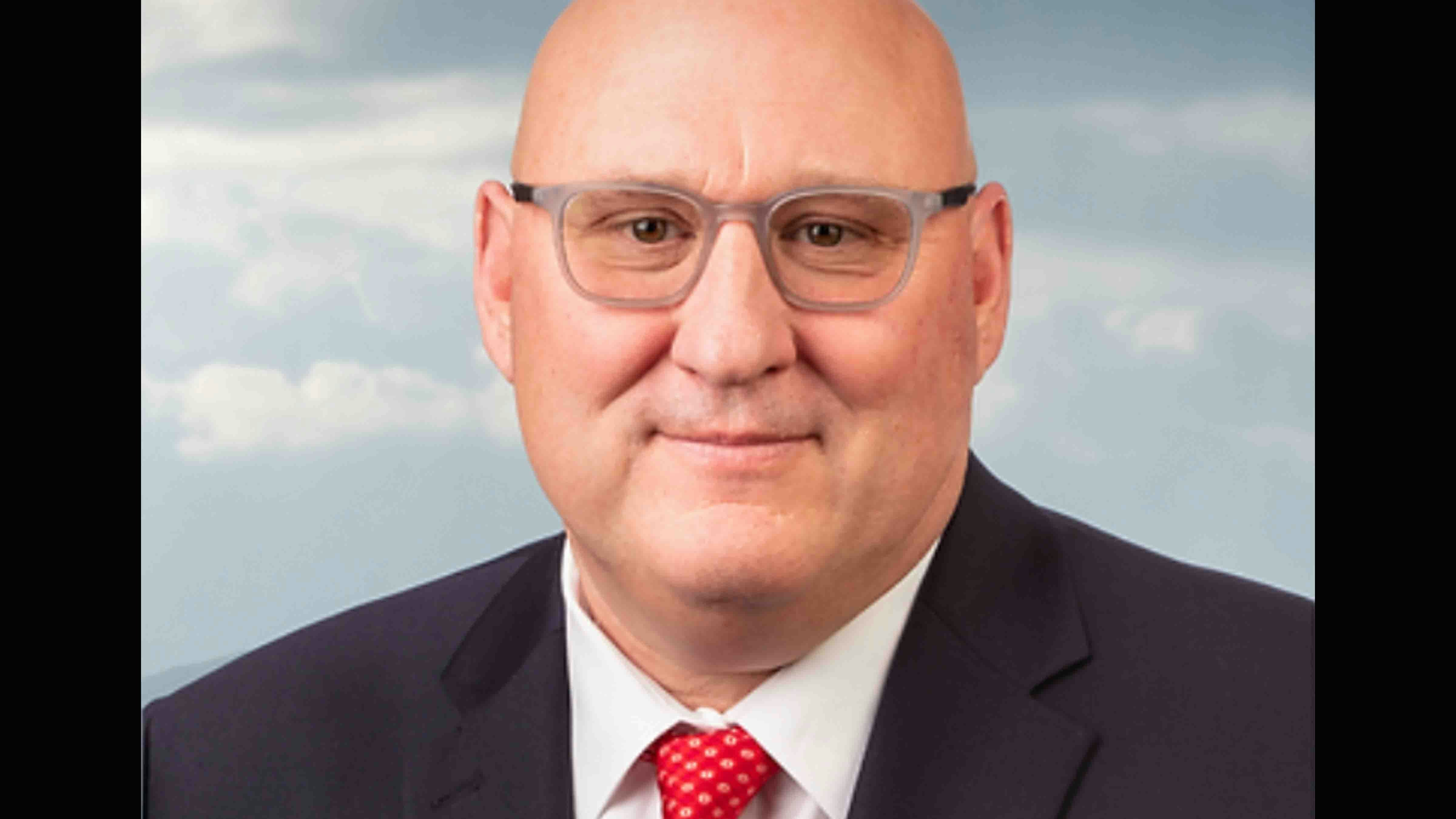By Bill Sniffin, publisher
On Friday, Oct. 29, 2021, I looked northwest from the airport on a bluff overlooking Lander and could clearly see the Washakie Needles, almost 100 miles away.
From that area in my hometown called Capitol Hill, the view was pristine. It was so clear, these snow-capped 12,500-foot high mountains in the Washakie Mountain Range glistened.
In a world obsessed with climate change and power plant emissions, would you not assume that our skies would be polluted and such a view would be impossible?
With the whole planet consumed with the notion that we need to shut down fossil fuels and “save our world,” it has always bothered me that activists want to destroy the U.S. energy economy when, frankly, we are leading the world in cleaning up the environment already.
CNN host Fareed Zakaria had an amazing show a couple of weeks ago where he addressed this subject.
He quoted an international organization that had compiled a list of the 29,000 fossil fuel power plants in the world. One of the group’s main conclusions sure got my attention. And it made me wonder why is this conclusion not common knowledge?
That report contended that 5% of the world’s power plants caused 73% of the world’s CO2 pollution. Just 5%!
Zakaria’s report begged the obvious question: Why is the world not working on a plan to shut down or convert these 1,400 plants, instead of putting strict controls on all of these other power plants, too?
President Joe Biden is leading the world in the foolish quest to kill off all fossil fuel power production in the world while without dealing with the so-called climate change crisis in the way that a prudent business person would act – why not fix the worst plants first?
Sure, you can clean up all the plants, but a much more prudent plan would be to take some of those billions of dollars and close or clean up the 1,400 worst offenders.
I’ll bet you will not hear one peep about such a practical plan.
One of Biden’s first acts as president was to rejoin the China-favored Paris Climate Accords.
Our U. S. Rep. Liz Cheney just can’t get a break lately back here in Wyoming. She is not very popular after her vote to impeach President Donald Trump. And now she has joined Democrat House Speaker Nancy Pelosi on a committee to find out the root cause of the Jan. 6 attack on the Capitol.
I do not think she will run again for her House seat. She will move onto the national stage to represent the moderate wing of the national Republican party and run for president in 2024.
But while she is our representative, she had this to say:
“The Paris Accord is a bad agreement based on flawed science,” Cheney said. “It subjects the United States to unattainable requirements that will destroy jobs in Wyoming and across the country, while allowing other nations with terrible environmental track records to continue to operate without consequences.”
The Paris Agreement is a legally binding international treaty on climate change. It was adopted by 196 parties in Paris in December 2015 and took effect in November 2016.
Its goal is to limit global warming during this century to well below 2 degrees Celsius (about 2.7 degrees Fahrenheit) — and preferably 1.5 degrees Celsius— compared to pre-industrial levels.
Former President Trump withdrew the United States from the agreement in 2017, a controversial move that made sense to practical people.
When President Biden was sworn into office in January, he signed an executive order to rejoin the agreement, which became official late last week.
Meanwhile, a recent Cowboy State Daily news story featuring Wyoming’s star weatherman Don Day quoted him as saying that most climate change news stories are “heavy in anecdotes and light in any data.”
“June and July (of 2021) were hot, but did not break records, as it was hotter in 1988 and 2007,” Day said. “August in Sheridan was cooler than last year and 2019. It is really easy to cherry pick weather data to prove hot or cold.”
He added that while October 2019 in Sheridan was the coldest on record, that fact is not evidence of global cooling.
Day said “climate click-bait” stories follow a formula with six main points:
1. Shocking headline.
2. Claim that recent observed weather is the worst ever recorded, likely using cherry-picked or misleading data.
3. A quote from a scientist whose specialty likely is not atmospheric science saying this is worst and more is to come.
4. Quote from another article or link to a paper some environmental group has written.
5. Another claim of impending doom.
6. A final statement that while there is time to reverse the trend, that can only be accomplished by following the directions of the people quoted in the story.
“You will see this pattern over and over again in the media/press, watch for the pattern,” Day said.
Day said peoples’ perception of what they see in weather is frequently based on what they are experiencing now rather than any kind of historical perspective.





